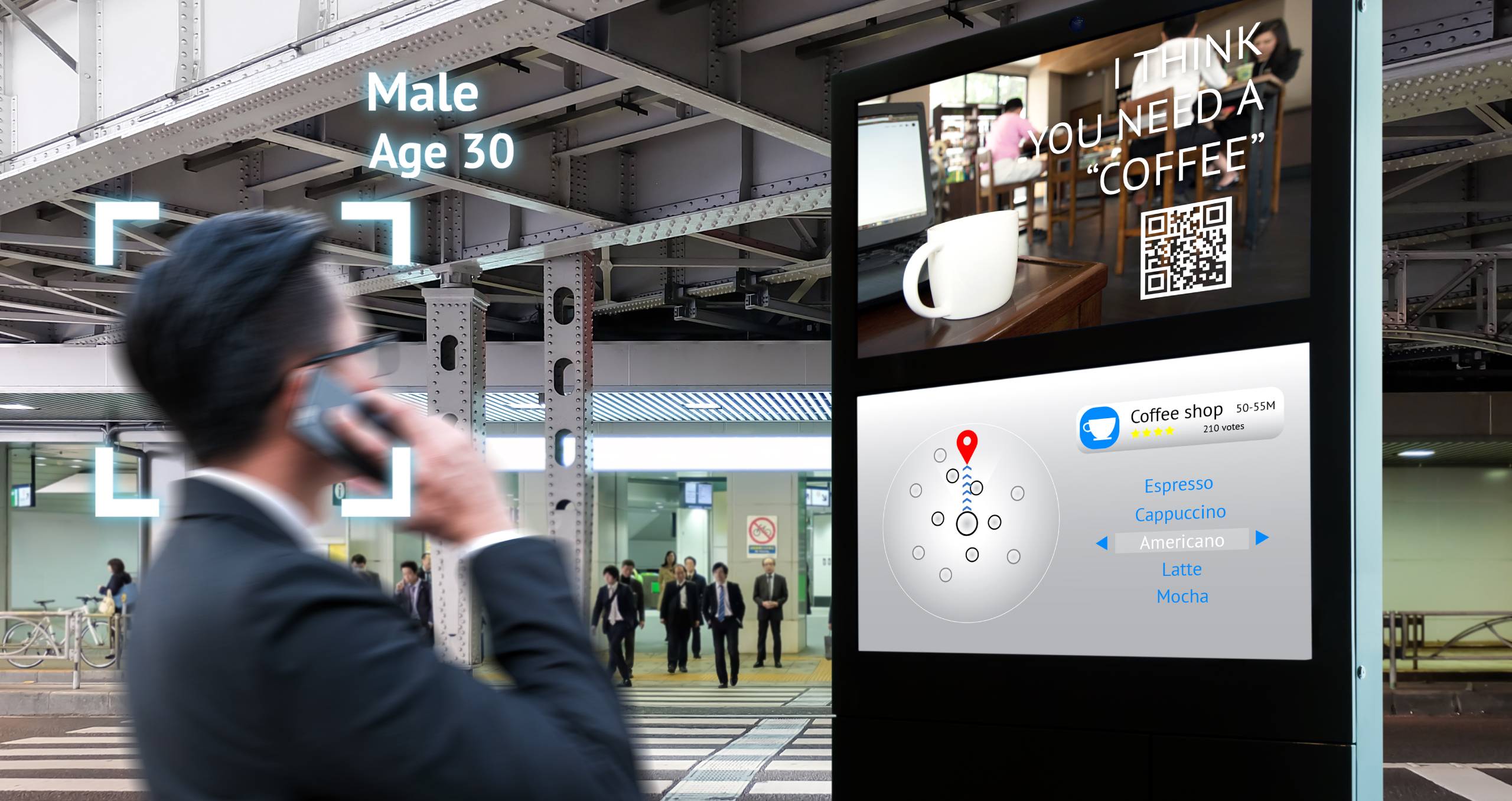For years, we imagined the future of advertising as a world filled with holograms, ubiquitous artificial intelligence, and advertisements projected in the sky. But the reality is much more interesting: the future of advertising has already begun, and it is happening on our screens, in the data we share, and in the way brands are learning to behave like people.
Transformation does not come from a single source. It is a crossroads between technology, culture, privacy, and creativity. And whoever manages to connect these four points will hold the key to the new advertising ecosystem.
Therefore, it is impossible not to wonder, where is this leading us?
The end of cookies
The disappearance of third-party cookies was not the apocalypse that many feared, but it did mark the end of an era. For more than a decade, digital advertising relied on tracking behaviour to display ‘relevant’ ads. Now, with new privacy regulations and pressure from users for a more transparent internet, brands are learning to play by different rules.
In this new context, first-party data—the data that a company obtains directly from its audience—is the new gold. It is no longer about collecting, but about building relationships. Brands that manage to gain users’ trust and get them to voluntarily share their information will have a huge competitive advantage.
In addition, so-called data clean rooms are emerging, secure environments where brands and media can exchange information without exposing personal data. It is a profound change: marketing is becoming more ethical, more sophisticated, and more strategic.
Artificial Intelligence: from fear to creative muscle
Artificial intelligence has ceased to be a threat and has become an everyday tool. What sounded futuristic just two years ago is now part of the daily routine for agencies and advertisers.
Creative teams use generative AI tools such as ChatGPT, Midjourney, or Runway to create customised text, images, or videos in a matter of minutes. Planning teams use algorithms to optimise budgets in real time. And marketing departments analyse millions of data points to predict consumer behaviour.
But the real change is not in automation, but in the amplification of creativity. AI does not replace ideas, it multiplies them. It allows you to test different versions of the same concept, adapt messages to different audiences and personalise without losing consistency.
Advertising in the future will not be ‘made by machines’, but made with machines.
Connected TV: the new personalised television
Television has always been the king of media, and today it is enjoying a second youth thanks to technology. Connected TV (CTV), television connected to the internet, is transforming the way audiovisual advertising is purchased, planned and measured.
Platforms such as Netflix, Disney+, HBO Max and Prime Video already offer targeted advertising space. It is not just a matter of showing a commercial, but of targeting specific audiences with tailored messages and metrics that are as accurate as those in the digital environment.
For brands, this means the best of both worlds: the emotional power of audiovisual media and the precision of data. And for the media, it means a new source of revenue that transforms the old television format into a measurable and dynamic ecosystem.
The big challenge will be to maintain a balance between relevance and saturation. Viewers will tolerate advertising as long as they perceive it to provide value, content or an entertaining experience.
Retail Media: where consumers and brands meet
Few trends are growing as fast as retail media. Essentially, it is advertising that appears within the ecosystems of retailers such as Amazon or Carrefour and takes advantage of the moment when the consumer is closest to making a purchase.
It is a perfect blend of intent, context, and conversion. And, above all, it provides real data: not just who saw an advert, but who converted it into a sale.
Retailers have become true media outlets. And advertisers are learning to balance this strategy with their brand communication. It’s not just about pushing products, but about combining storytelling with performance.
In the future, retail media will expand beyond e-commerce, reaching physical stores through interactive screens, beacons, and omnichannel experiences.
New supports: from the screen to the environment
The future will not necessarily bring more screens, but smarter screens. Programmatic Digital Out Of Home (DOOH) allows messages to be tailored according to the time of day, weather or traffic. In cities such as London and New York, dynamic campaigns that automatically change depending on the context can already be seen.
Augmented reality (AR) and mixed reality are beginning to be integrated into brand experiences, particularly in sectors such as fashion, tourism, and entertainment. Imagine trying on a pair of glasses virtually at an interactive display or discovering a new perfume through a 3D sensory experience.
Furthermore, voice assistants and conversational environments (Alexa, Google Assistant, ChatGPT) are becoming new points of contact between brands and users. Advertising on these channels will not be visual or textual, but auditory and contextual.
Purpose, sustainability and ethics: the new competitive advantage
Amidst so much technology, consumers demand consistency. Younger generations, especially millennials and Gen Z, value brands that act with real purpose, not just pretty words.
Advertising in the future will need to be more transparent, more sustainable and more honest. Brands cannot hide behind empty claims: consumers track, research and compare.
Social commitment, inclusion and sustainability have become pillars of communication, not accessories. It is not enough to sell: you have to show positive impact.
The advertising of the future will not seek to shout louder, but to speak better.
It will shift from interrupting to accompanying, from persuading to understanding, from selling to adding value.
And although technology will continue to set the pace, the real difference will continue to be made by the same old things: a good idea and a genuine human connection.
The future will not belong to the brands that invest the most, but to those that listen, learn and evolve alongside their audience.


